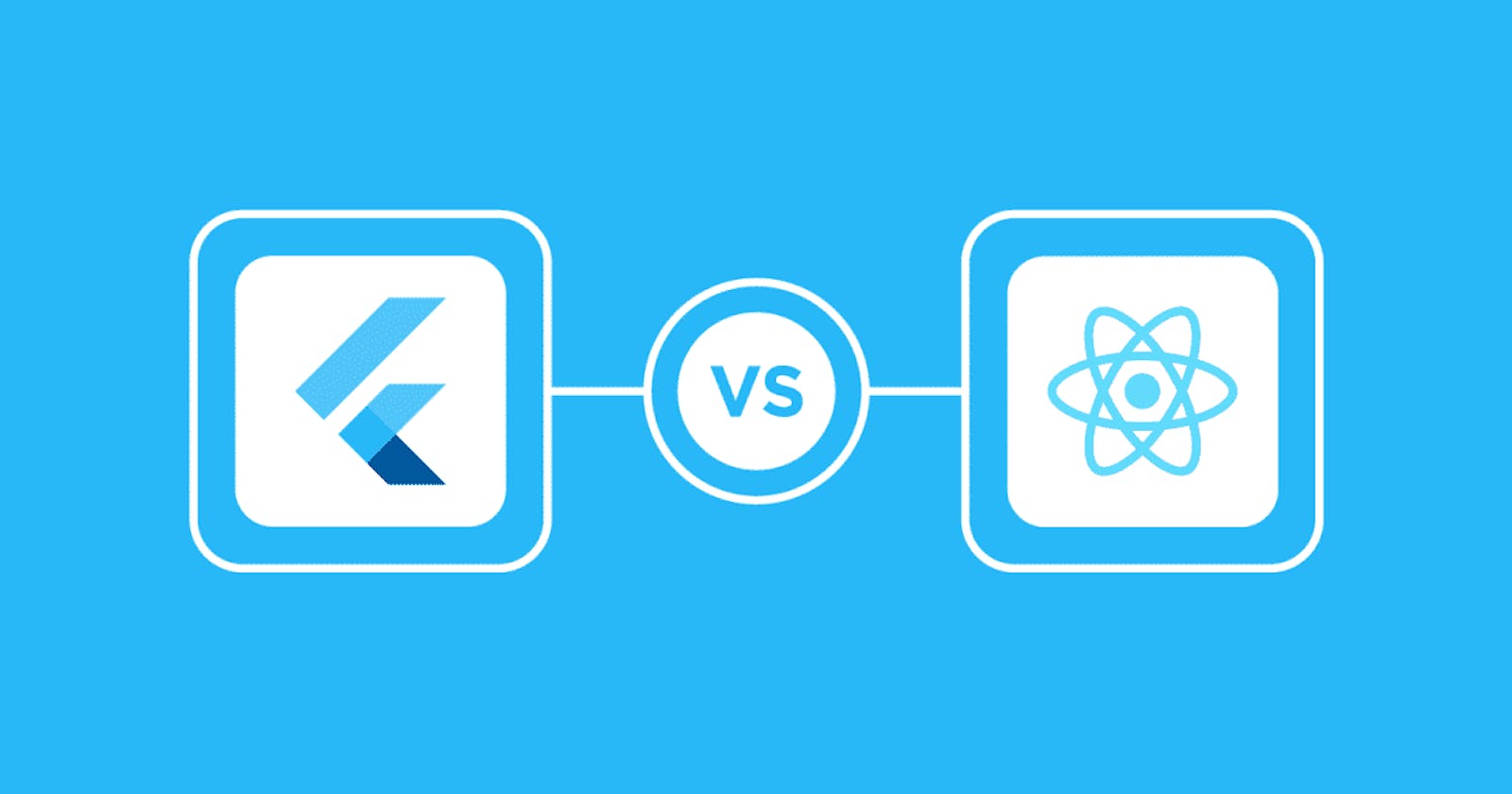As a Software developer, I'm sure you've heard of the two most popular cross-platform app development frameworks available today, Flutter and React Native.
In this article, we're going to dive deep into these two frameworks. We'll not only compare their strengths and weaknesses but also guide you in figuring out which one suits your mobile app development requirements best. But before we get into the nitty-gritty, let's start with a quick overview of these two cross-platform app frameworks.
Overview of Flutter and React Native
Flutter, born from the creative minds at Google and introduced to the world in May 2017, operates with the Dart programming language. It thrives on a reactive programming style, promising swift and seamless user experiences. What sets Flutter apart is its distinctive widget system, a developer's dream for crafting stunning and adaptable interfaces.
In contrast, React Native comes from the labs of Facebook, having emerged in 2015. It relies on the JavaScript programming language and builds on the foundation of the React library, originally conceived for web development. React Native empowers developers to construct mobile applications for both iOS and Android platforms, all from a singular codebase.
Performance
Speaking of performance, both Flutter and React Native deliver impressive results, but they take slightly different paths to get there. Flutter takes the road less traveled, boasting its own rendering engine that powers exceptional performance and silky-smooth animations. It sweetens the deal with a just-in-time (JIT) compiler, ensuring speedy development cycles.
Conversely, React Native bridges the gap between JavaScript and native code, a connection that, on occasion, may hiccup and lead to performance hiccups. Nevertheless, React Native has undergone substantial optimizations over the years, reaching a point in performance that now rivals Flutter's.
Development Time
Now, when we talk about development time, both Flutter and React Native come to the rescue, leaving traditional native app development in the dust. But, let's get into the nuances. Flutter brings the heat with its hot reload feature, a game-changer that lets developers tweak their code and witness the results right before their eyes, thereby slashing development time significantly.
React Native also brings its own contender to the ring, known as "Fast Refresh," which offers real-time updates too. Yet, Flutter's hot reload usually steals the spotlight for being more robust and user-friendly in this race.
Language
One of the most significant differences between Flutter and React Native is the programming language used. Flutter uses the Dart programming language, which is relatively new and less widely used compared to JavaScript, which is used by React Native. However, Dart has some advantages over JavaScript, such as a more concise syntax and built-in support for asynchronous programming. Dart also offers better type safety, which can help catch bugs before they cause problems.
JavaScript, on the other hand, is a more widely-used language, which means that there are more resources and libraries available for it.
Community
Another significant difference between Flutter and React Native is their respective communities. React Native has been around longer and has a larger community, which means that there are more resources and libraries available for it. There are also more developers familiar with React Native, meaning that it may be easier to find experienced developers to work on your project.
But, Flutter's community is rapidly growing, and Google is investing heavily in the framework, which means that it is likely to continue to grow in popularity.

Generally, both Flutter and React Native offer good advantages for mobile app development. On one end, Flutter offers excellent performance, a powerful widget system, and a unique programming language, while on the other end, React Native offers a more widely-used language and a larger community. Ultimately, the choice between these two frameworks will depend on your needs and preferences.
In my opinion, If you are looking for a fast and fluid user interface and a powerful widget system, Flutter will be the better choice. But, If you are looking for a more widely-used language and a larger community, React Native will be the better choice.

